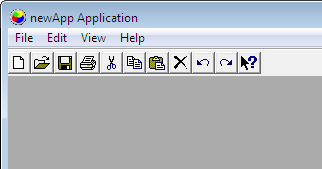IDM PowerTips
Quickstart Guide: Using UEStudio with Borland C/C++ Compiler
If you are a C/C++ developer looking for an alternative development environment, then you came to the right place. UEStudio natively supports over 30 popular compilers, one of which is the Borland C/C++ Compiler.
Step 1: Download the compiler
Borland provides a free C/C++ compiler which you can download from the following url:
http://edn.embarcadero.com/article/20633
You may be asked to answer a few short questions before you can download the install file.
Step 2: Install the compiler
After you have downloaded the files, run the installer by double clicking the executable.
Step 3: Start a Project
UEStudio offers the ability to create a “new project using templates” or “create a new project”.
If you do not wish to create a “new project using templates” but would prefer to use existing code, select the option for “create a new project”. Proceed to Step 4 below.
If you wish to create a “new project using templates” select the option for “new project using templates”. Proceed to Step 5 below.
Step 4: Using existing code
For this example, the file which we will be using to create a Windows Console Application is “hello.c”:
Select the option for “create a new project” (if you have not done so already).
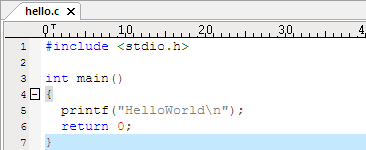

Project Settings: Files/Folders
After saving your project, you will be presented with the Project Settings dialog. The dialog is also accessible from within the Project menu.
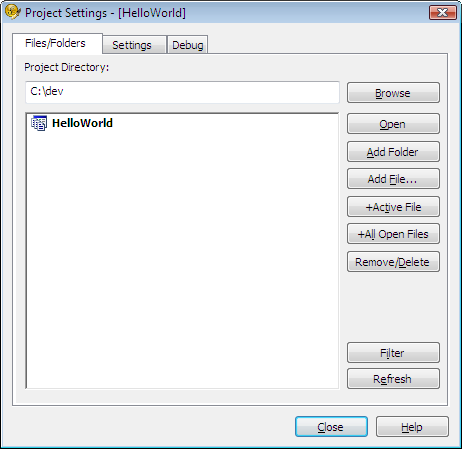
To add files to your project, click on the Add File button, then browse and add the appropriate files. When you are finished, you should see something similar to:
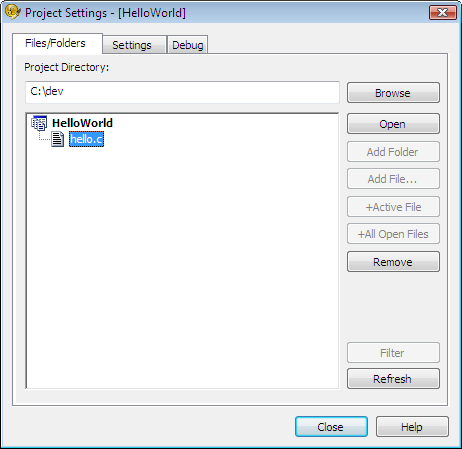
Now that you have added your files/folders, click on the Settings tab.
Project Settings: Settings
In order to compile the code, you must make your project “Compilable“. After you enable this, the “Set/Change Compiler” and “Compiler Options” will be enabled.
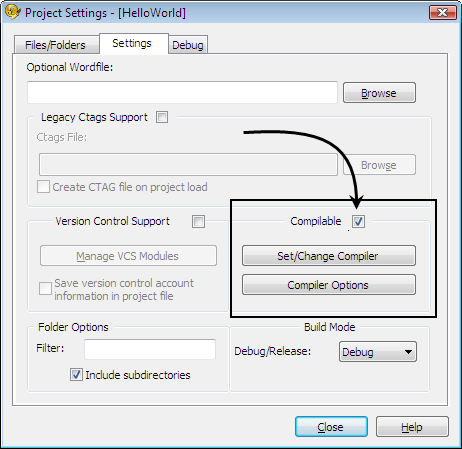
Click on the “Set/Change Compiler” button and choose the “Borland Inprise Compiler”.
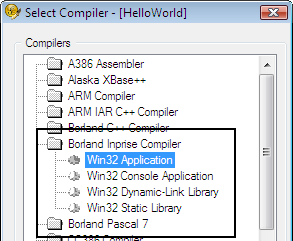
We are using “Win32 Console Application” because of the code involved, however the option you select may vary depending on your code. Click OK to set your Compiler.
You can additionally edit the compiler options or configuration, however that is not covered in the scope of this powertip. Please see the UEStudio Help for further information regarding this.
Click Close, to close the Project Settings dialog.
You are finished configuring the project, you may now proceed to step 6.
Select the option for “create project using templates” (if you have not done so already).

Select the “Borland Inprise Compiler” in the Compilers list and “Windows Application”, then name your project appropriately.
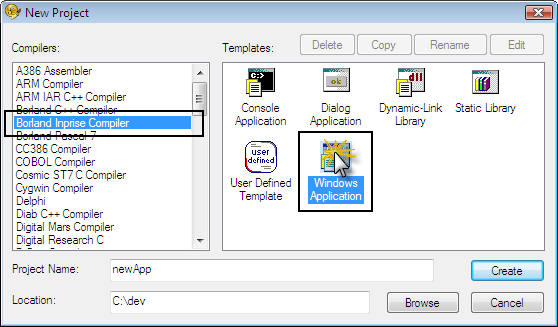
Click “Create“.
You will be presented with the “Windows Application Wizard”. Select the desired options, then “Create“.
UEStudio does have a pre-configured default path to the compiler, but to avoid problems it is a good idea to check the compiler path configuration in the Build menu. Go to the Build menu and select “Set Compiler Paths“. The path we are concerned about for Borland is the Inprise C/C++. Make sure the path is pointing to the directory containing the compiler.

Now that you have configured the project you are ready to build it! Click on the “Build” icon on the Build toolbar, or go to the Build menu and select Build.
UEStudio will build your new application and the Output Window will indicate when the build is complete. You will also see list any errors/warnings encountered during the build:
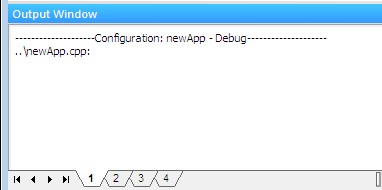
Step 7: Run
To run the application, click on the Run button on the build toolbar.
The console application launches and runs appropriately.
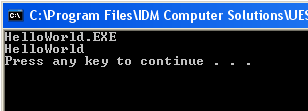
Using templates, The Windows Application runs appropriately.
